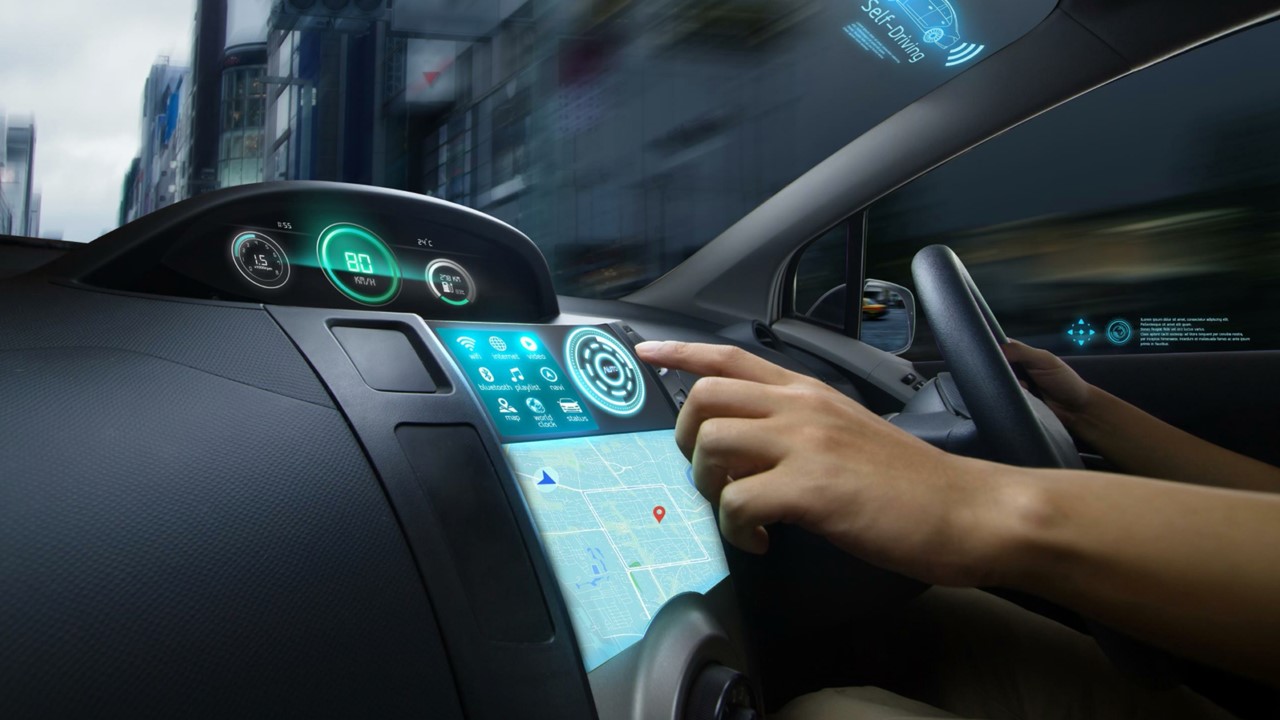Bgroho Insights
Your daily source for news, tips, and inspiration.
Autonomous Cars: The New Backseat Drivers
Explore how autonomous cars are transforming the driving experience and turning passengers into the ultimate backseat drivers!
How Autonomous Cars are Redefining the Driving Experience
The advent of autonomous cars is transforming the driving experience in ways that were once thought to be the realm of science fiction. These high-tech vehicles utilize a combination of sensors, cameras, and artificial intelligence to navigate roads without human intervention. As a result, drivers can now enjoy a more relaxed journey, allowing them to engage in activities such as reading, working, or simply enjoying the scenery. According to a report by the Forbes, autonomous vehicles could significantly reduce traffic accidents by up to 90%, offering a safer driving environment.
Furthermore, the integration of autonomous driving technology is set to enhance overall mobility, particularly for those who are unable to drive due to age or disability. By providing increased accessibility, these vehicles are democratizing transportation and giving more people the freedom to travel independently. The Brookings Institution suggests that the widespread adoption of self-driving cars could lead to more efficient urban planning and reduced congestion in cities. As these innovations continue to develop, the future of driving promises to be not just about getting from point A to point B, but about redefining what it means to travel.

The Technology Behind Autonomous Vehicles: What You Need to Know
The rapid advancements in autonomous vehicles have captivated the attention of both consumers and industries alike. At the heart of this technology lies a combination of artificial intelligence (AI), machine learning, and sophisticated sensor systems. Vehicles utilize LIDAR, radar, and cameras to perceive their environment, enabling them to make informed decisions in real-time. These systems gather and interpret vast amounts of data, creating a detailed 3D map of the surroundings, which is essential for navigating through complex environments.
Moreover, the importance of V2X communication (Vehicle-to-Everything) cannot be understated. This technology allows autonomous vehicles to communicate with other vehicles, infrastructure, and even pedestrians, contributing to enhanced safety and traffic efficiency. As companies like Waymo and Tesla continue to innovate, understanding the underlying technologies of autonomous vehicles becomes crucial for anyone interested in the future of transportation. Staying informed will help consumers and professionals alike navigate the implications of this groundbreaking shift in mobility.
What Are the Pros and Cons of Letting Your Car Take the Wheel?
As modern technology advances, self-driving cars are becoming increasingly prevalent, raising the question: what are the pros and cons of letting your car take the wheel? One of the most significant advantages is safety; studies, such as those conducted by the National Highway Traffic Safety Administration, suggest that self-driving technology could potentially reduce traffic accidents caused by human error, which accounts for approximately 94% of crashes. Additionally, self-driving cars can alleviate traffic congestion by optimizing speed and routes, ultimately leading to more efficient travel.
However, there are notable drawbacks to consider. For instance, the technology is still in its developmental stages; issues like cybersecurity and software failures pose substantial risks. As highlighted by experts at Insurance Information Institute, in the event of a malfunction, liability becomes ambiguous, raising concerns for both manufacturers and consumers. Moreover, the societal implications of widespread automation could lead to job losses in driving professions, further complicating the adoption of this transformative technology.